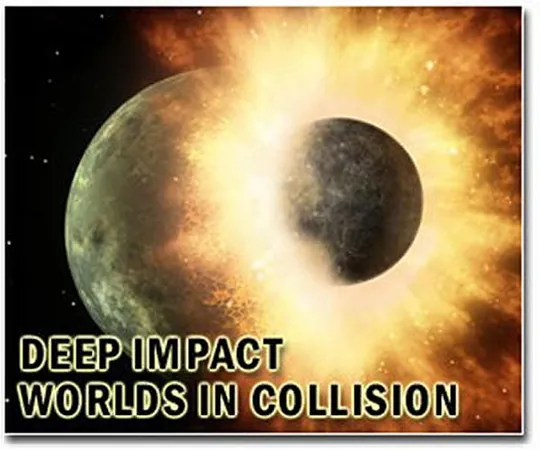
Unlocking the Secrets of Meteorite Mysteries: Why Carbon-Rich Rocks Defy Impact Damage
2025-04-28
Author: Liam
A Three-Decade Puzzle Finally Solved
Planetary scientists have cracked a mystery that's baffled researchers for thirty years: Why do carbon-bearing meteorites seem less damaged by cosmic impacts than their carbon-poor siblings? Groundbreaking research from Kobe University provides shocking answers, showing that dramatic high-speed impacts produce gases that effectively obliterate evidence of damage, shedding light on how we understand the early solar system.
The Hidden Science Behind Meteorite Impacts
Meteorite collisions are not just spectacular cosmic events; they are time capsules that capture vital clues about our solar system's formative years. Interestingly, carbon-rich meteorites often show fewer signs of violent impacts, which has long hinted at a lower collision speed—but scientists were puzzled as to why. Astrophysicist KUROSAWA Kosuke from Kobe University has dedicated his research to dissecting this phenomenon, focusing on 'shock metamorphism'—the ways meteorite material responds to impacts.
Exploring the Vapor Hypothesis
Years ago, a fellow researcher at Kobe suggested that vapor released during impacts could whisk away shocked material. Driven by this theory, Kurosawa sought to rigorously test the hypothesis, citing the limitations of previous models that ignored vapor production volumes and couldn't explain the behavior of carbon-rich meteorites absent of water-bearing minerals.
Revolutionary Experimental Techniques
To dive deeper into this enigma, Kurosawa equipped himself with a state-of-the-art test apparatus: a two-stage light gas gun linked to a vacuum chamber. This innovative setup allowed the research team to scrutinize chemical reactions induced by impacts on meteorite analogs, with and without carbon, while ensuring no outside gases interfered.
Mind-Blowing Findings Published
In a recent publication in *Nature Communications*, the team's groundbreaking results revealed that impacts on carbon-rich meteorites generate scorching carbon monoxide and carbon dioxide gases. Kurosawa noted, "The explosion's force is powerful enough to eject surrounding shocked rock material into space. This phenomenon occurs with carbon-rich meteorites but not with their carbon-poor counterparts."
Shocking Implications for Future Space Missions
The revelation that carbon-rich meteorites aren't less shocked but merely lose their evidence during violent impacts opens new doors in planetary science. The research indicates that on larger bodies like Ceres, the gravity could contain the blasted material, leading Kurosawa to propose that Ceres might harbor significant deposits of highly shocked material from historical impacts. This exciting insight could guide the next wave of planetary exploration missions, providing a roadmap for uncovering even more of our cosmic history.

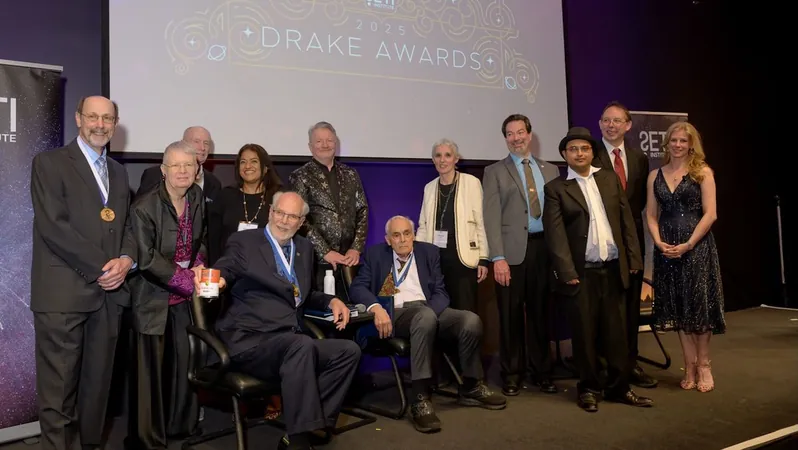
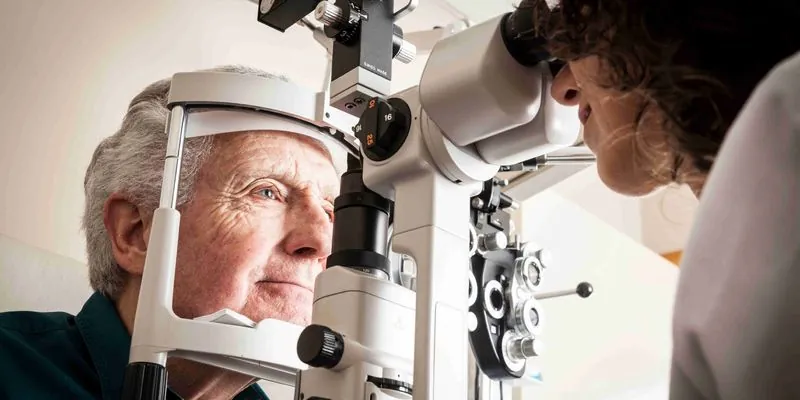
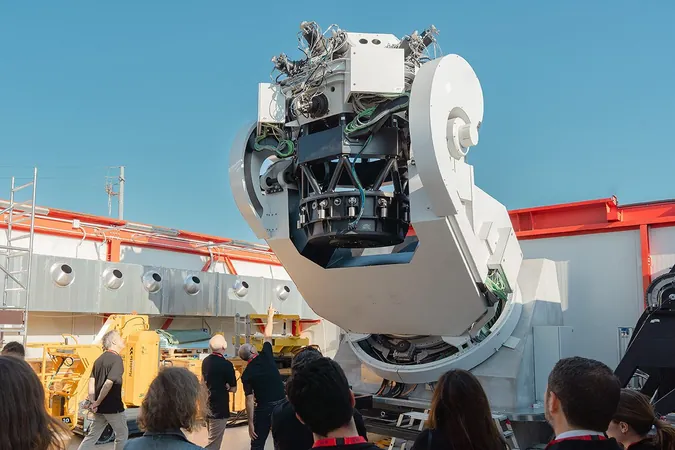


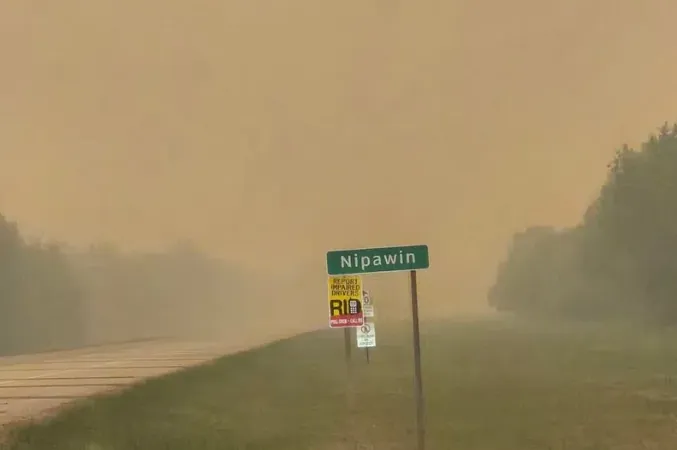


 Brasil (PT)
Brasil (PT)
 Canada (EN)
Canada (EN)
 Chile (ES)
Chile (ES)
 Česko (CS)
Česko (CS)
 대한민국 (KO)
대한민국 (KO)
 España (ES)
España (ES)
 France (FR)
France (FR)
 Hong Kong (EN)
Hong Kong (EN)
 Italia (IT)
Italia (IT)
 日本 (JA)
日本 (JA)
 Magyarország (HU)
Magyarország (HU)
 Norge (NO)
Norge (NO)
 Polska (PL)
Polska (PL)
 Schweiz (DE)
Schweiz (DE)
 Singapore (EN)
Singapore (EN)
 Sverige (SV)
Sverige (SV)
 Suomi (FI)
Suomi (FI)
 Türkiye (TR)
Türkiye (TR)
 الإمارات العربية المتحدة (AR)
الإمارات العربية المتحدة (AR)